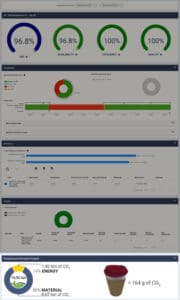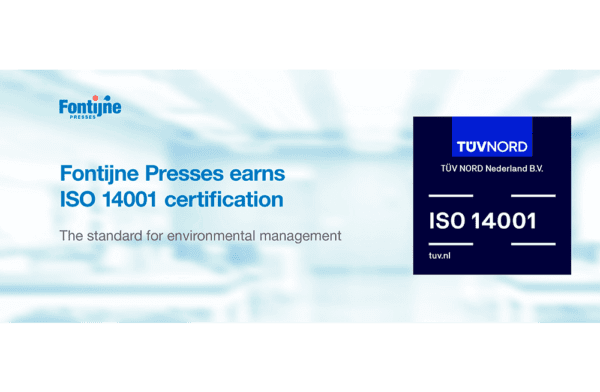
Wittmann Calculating Product Carbon Footprint Automatically
|
Getting your Trinity Audio player ready...
|
The Product Carbon Footprint creates transparency about the impact of climate change on products. TEMI+, the WITTMANN Group’s MES, makes CO2 emissions transparent thanks to a new software feature.
By 2050, the EU wants to be climate-neutral. The resulting Green Deal will make it mandatory for manufacturing companies to gradually reduce their CO2 emissions. The product carbon footprint (PCF) is therefore coming into focus. Information about the carbon footprint of individual products is a prerequisite for implementing effective measures to reduce greenhouse gas emissions.
The PCF includes emissions from the entire life cycle of a product – from raw material production to recycling. The calculation can be correspondingly complex. With new software, the WITTMANN Group is simplifying this process for its customers. The software will be available as a new functionality of TEMI+, the WITTMANN Group’s MES.
Including energy consumption and material data
As soon as a production cell is clicked on the extended dashboard of the TEMI+ solution, the processor receives a complete overview of the production progress. The relevant key figures are displayed for each individual cycle. The CO2 emissions are now added there – each indicated in grams per cycle. When using a single-cavity mould, this value corresponds to the PCF. When using multi-cavity moulds, this value is divided by the number of cavities to obtain the PCF.
The calculation of CO2 emissions is based on two values. One is the energy consumption of the injection moulding production cell and the other is the shot weight, in other words, the amount of raw material processed per cycle.
The energy consumption of the production cell is automatically measured cycle by cycle either directly by the MES or by using the iMAGOxt software. The CO2 emissions resulting from the energy consumption depend on the production location.
For Germany, for example, with the current electricity mix, the factor is 0.354 g CO2 per Wh. This value is stored in the MES or shared from the customer’s ERP so that the system can automatically calculate the CO2 footprint of the production cell.
The CO2 footprint of the raw material is also a predefined value. It is provided by the material manufacturer and entered into the MES.

Photo: WITTMANN
Read more from Wittmann Battenfeld here.
Wittmann Battenfeld UK
01933 275777
Website
Email






